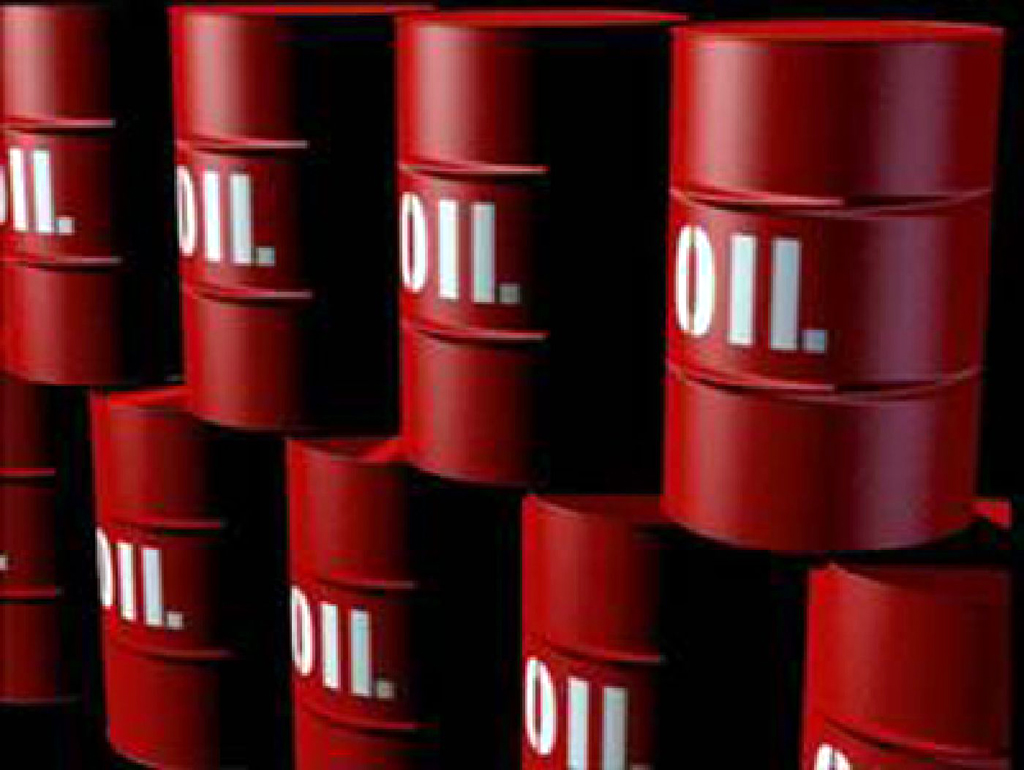Oil supply crunch to test OPEC's spare capacity

LONDON: Oil production capacity could fall to under one percent of global oil demand by the end of the year if OPEC compensates falling production from Iran and Venezuela, leaving oil prices exposed to sharp swings in the event of unplanned outages, analysts say.
Spare capacity is the extra oil a producing country can bring onstream and sustain at short notice, providing global markets with a cushion in the event of natural disaster, conflict or any other cause of an unplanned supply outage.
Very few oil producers hold spare capacity, with Saudi Arabia, the largest producer in the Organization of the Petroleum Exporting Countries, and the world's biggest oil exporter, holding the lion's share.
As the oil market faces major supply crunches this year, largely due to US-imposed sanctions on OPEC's Iran and Venezuela, analysts say there's enough spare capacity to compensate for their lost production.
Production from the two countries <PRODN-VE> <PRODN-IR> has already fallen by a combined 1.85 million bpd from 2018 peaks, according to Reuters estimates, but production is expected to fall further, especially in Iran.
While analysts expect Venezuelan production to more or less stabilise at current levels of around 700,000-800,000 bpd for the rest of the year, Iranian oil production is forecast to fall further after as the United States seeks to completely choke off its exports.
"Iran is around 2.5 million bpd right now and we see it down to around 2 million bpd by the end of the year," Energy Aspects geopolitical analyst Riccardo Fabiani said.
Goldman Sachs forecasts that Iran exports will stabilise at 400,000 bpd, 900,000 bpd lower than April levels.
"While Saudi Arabia, UAE and other OPEC countries will likely fill the gap created by lower Iranian exports, albeit more reluctantly than last year, it will come at the cost of a significant reduction in the spare capacity and also increase the risks of a potential conflict in the Middle East," Barclays said in a note.
Goldman Sachs also sees enough spare capacity in OPEC to cover Venezuelan and Iranian lost barrels
But analysts expect Saudi Arabia to raise its production much more cautiously than last year when production from the Kingdom rose to record highs above 11 million bpd in November after calls from Trump to replace Iranian barrels.
Riyadh for now is reluctant to boost oil supply too quickly and risk a price crash and a build-up in inventories, despite pressure from the Trump Administration to reduce oil prices.
"They are going to wait for the impact on sanctions waivers being withdrawn before increasing production," Fabiani said.
Energy Aspects forecasts OPEC spare capacity to fall to around 920,000 bpd in the fourth quarter from 2.05 million bpd in the second quarter and 1.4 million bpd in the third quarter.
If spare capacity drops to below 1 million bpd, or around 1 percent of global oil demand, oil prices will be left exposed to big swings if oil production in places like Libya and Nigeria were to fall.
WILDCARDS
Libya is in the middle of a civil war as a battle for the capital Tripoli between forces loyal to eastern commander Khalifa Haftar and those loyal to the internationally-recognised Government of National Accord rages on.
The country is producing over 1.1 million bpd but the state-owned National Oil Corp has warned the conflict threatens its ability to continue pumping oil.
A major Libya disruption would be a massive negative shock and would highlight the spare capacity problem, Fabiani said.
Two Nigerian crude grades are suffering significant disruptions amid recurring pipeline outages in the country's oil-rich Delta region.
RECORD US OIL OUTPUT
US crude oil production is expected to rise by 1.49 million bpd in 2019 to average 12.45 million bpd, the US Energy Information Administration (EIA) has said, up from its previous forecast for a rise of 1.43 million bpd. This outstrips the International Energy Agency's 2019 global oil demand growth forecast of 1.4 million bpd.
Analysts at Citi expect OPEC and its allies to raise output in the third quarter when product demand rises to annual peaks, along with refinery demand for crude.
"By August, refinery demand for crude could be as much as 3 million bpd higher than in May, and refined product demand could increase by as much as 4 million bpd over the same time period, as it did in 2016." Citi said.


























Comments
Comments are closed.